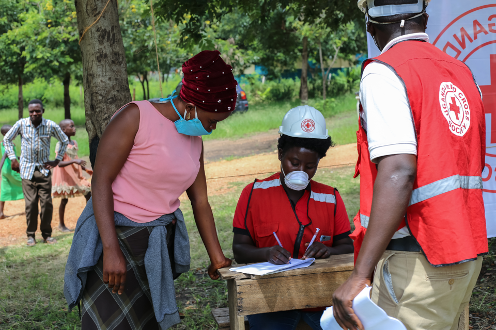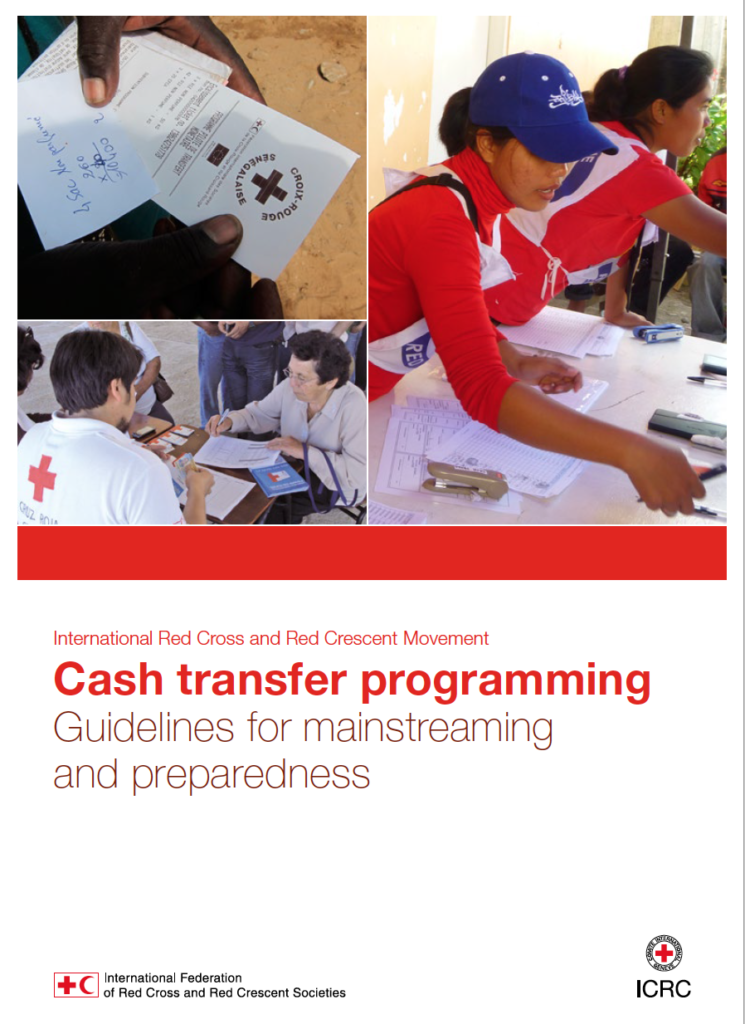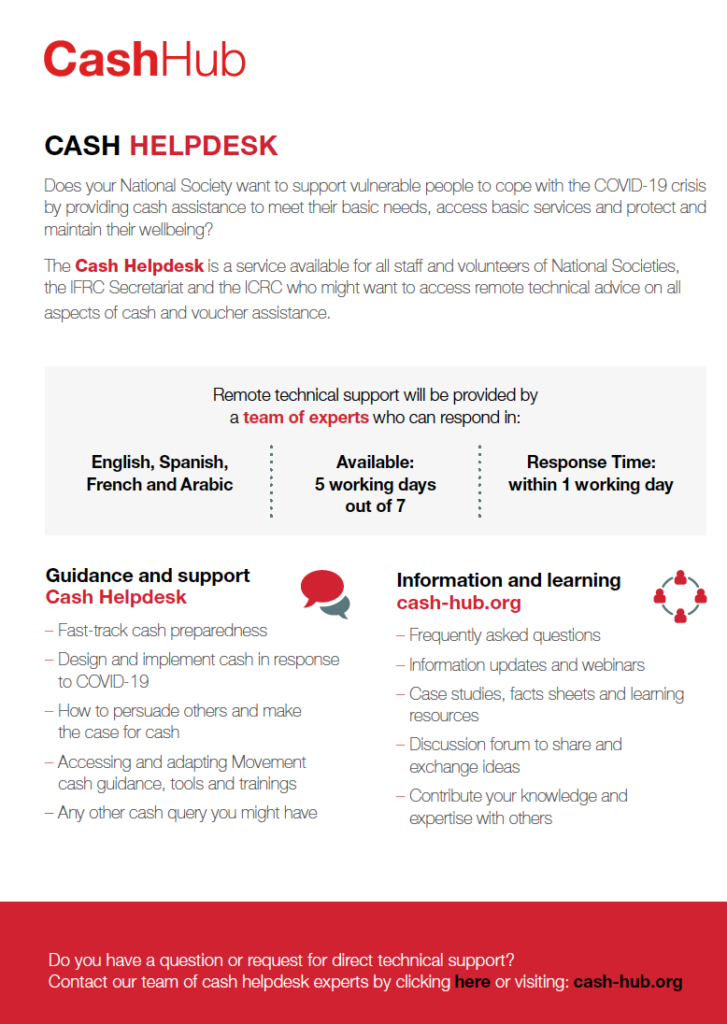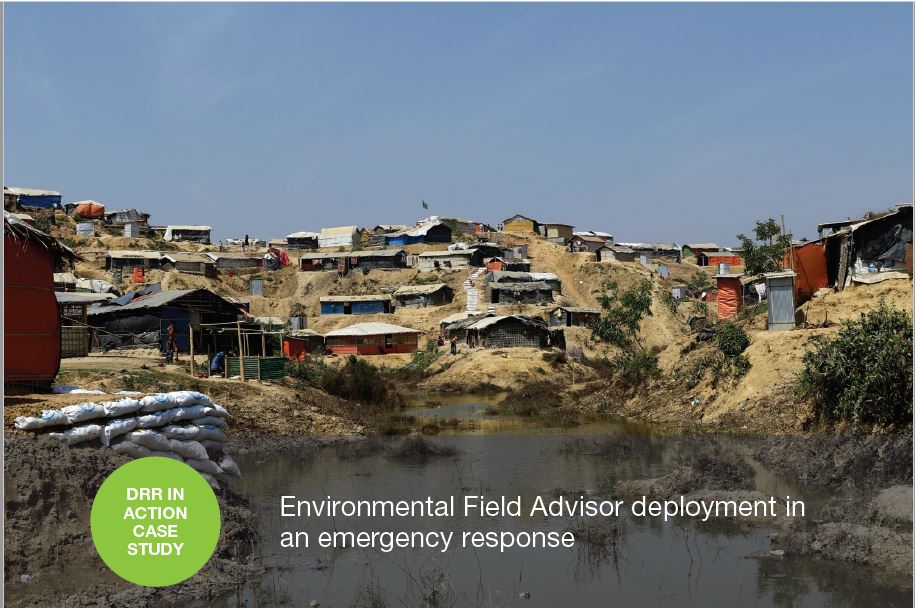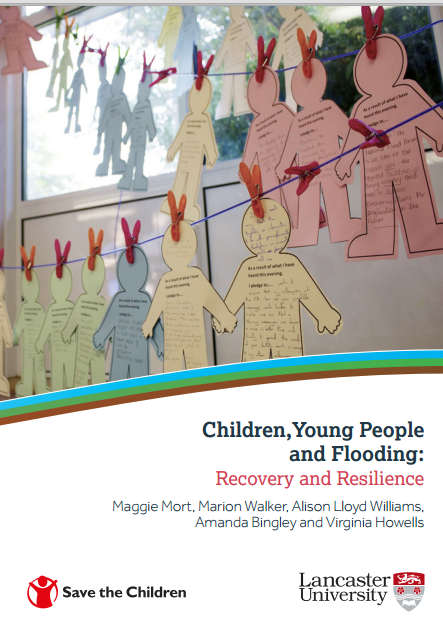Compounding Impacts of Hazards & COVID-19
This technical guidance highlights how the COVID-19 pandemic may undermine the resilience of communities and individuals affected by the primary and secondary effects of a hazard, as well as how a particular hazard may seriously worsen the conditions of people affected by COVID-19. It, therefore, calls for a fully integrated approach whereby these ‘compounding effects’ […]
Compounding Impacts of Hazards & COVID-19 Read More »

